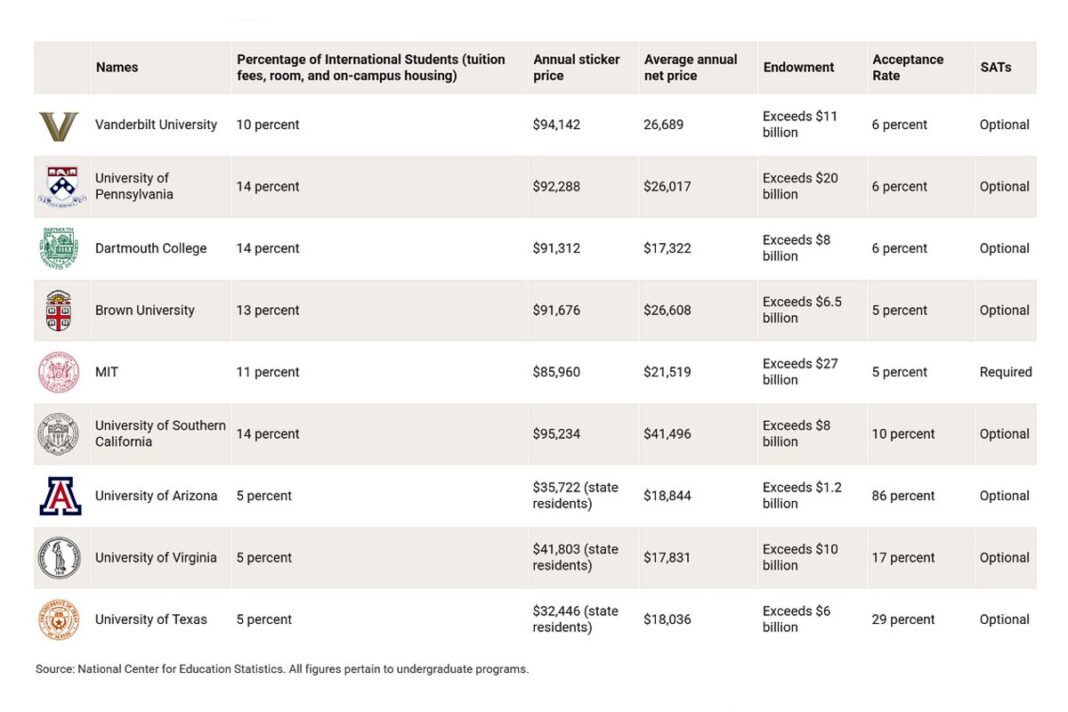‘It is impossible to believe that China would have taken such an action, but they have,’ U.S. President Trump wrote on Truth Social.
News Analysis
President Donald Trump announced the imposition of an additional 100 percent tariff on Chinese goods and export controls on critical software, effective Nov. 1, in direct response to what he called Beijing’s “hostile” escalation by weaponizing rare earth exports.
China observers suggest that China’s move was intended to increase its bargaining leverage and pressure Trump into making concessions. But some analysts believe China overplayed its hand, underestimating how sharply the Trump administration would respond.
On Oct. 9, 2025, China’s Ministry of Commerce issued sweeping new regulations significantly expanding export controls—not only on raw rare earth elements, but also on magnets, alloys, batteries, semiconductor materials, related machinery, and any product containing even 0.1 percent Chinese-sourced rare earths. These rules apply not just to Chinese exports, but also to foreign-manufactured goods if they incorporate any Chinese-origin rare earths or technologies.
Under the new rules, exporters—both Chinese and foreign—must obtain specific permits, declare the content and origin of rare earth materials, and demonstrate full traceability throughout the global supply chain. Export licenses will be automatically denied for products or components tied to military applications or high-risk end-users.
Trump responded with two posts on Truth Social on Oct. 10, denouncing China’s actions as tantamount to holding “the World ‘captive.’”
“It is impossible to believe that China would have taken such an action, but they have, and the rest is History,” he wrote.
The U.S. president also suggested he may cancel an upcoming meeting with Chinese leader Xi Jinping, originally planned to take place during the Asia-Pacific Economic Cooperation (APEC) summit in South Korea later this month.
China controls about 70 percent of the rare earth mining production, over 90 percent of the separation and processing capacity, and over 90 percent of rare earth magnet manufacturing globally.
Chinese state media and political commentators have long floated the idea of using rare earth exports as a form of leverage in trade disputes or in retaliation against U.S. sanctions, especially the export controls on advanced chips to China.
One of the most prominent voices, Hu Xijin, a well-known Chinese journalist and former editor of Chinese state media outlet Global Times, laid out this strategy earlier in the year, saying that rare earths are “China’s ‘big weapon’ to control America’s lifeline” and a “tool” to “strangle” the United States.
By Olivia Li







